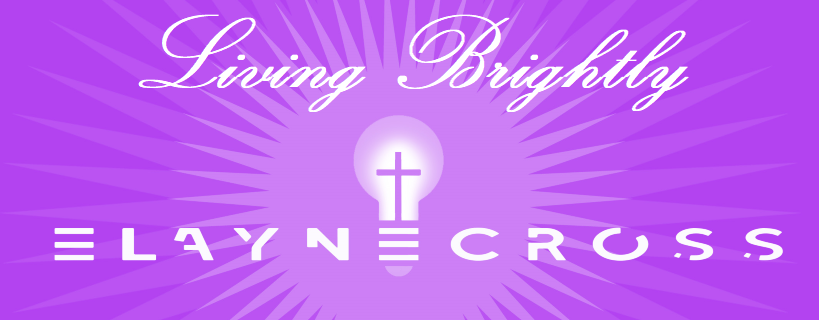Positive listening to traumatic stories requires active listen skills as well as a non-judgmental body language and attitude. Hearing traumatic stories, reactions to triggers, or disturbing experiences is different from listening to an eventful mishap. Individuals with traumatic stories or PTSD need listeners when they are ready to share. Positive listening can help their healing not hinder it.
Negative Listening
A typical 18 year old believes they know everything. Unlike a typical 18 year old, I believed I didn’t know much of anything. I sought approval and acceptance from those around me. While getting to know my boyfriend we shared stories, experiences, stupid things we did, and things we got away with. As topics became more personal, I believed it was a good time to share a provocative fact about myself. Immediately I knew it was a mistake to share but once it is out, you can’t unsay or un-hear it.
This provocative fact was predicated on a decision, once made and completed became a fact. It was time sensitive so I had to decide quickly. Unfortunately, I had tunnel vision focused on me; my needs, my situation, and my solutions was all I could consider. Even before the task was complete my brain, conscience, and thinking poked at me to consider things beyond myself. Life taught me to be self-sufficient so I determined I was in this thing alone and I had to worry about me. I knew people would judge or ridicule me. After the task was completed, I discovered other friends had confronted the same decision and chosen differently. This fueled my need to justify my choice because I did what I had to do. I did what was best for me. Me, Me, Me was all I allowed myself to consider.

Use care in choosing who you share your story with.
His reaction was full of judgement, cursing, belittling, and condescending anger. I cried and clammed up; fearful my sobs would give away my guilt. It broke through the wall of denial I had built in my mind trying to justify my decision. Watching and listening to him expressing the emotions, fears, and judgments I had been stuffing and hiding within my mind was overwhelming. The correlation between my denial and his reaction allowed me to make him the bad guy while burying deeper the internal conflict I refused to address. He was not a safe person to share with which made the moment another layer of trauma.
No Right to Judge
The ferocity of his reaction caused me to retreat physically and mentally. It took nearly thirty years before I told anyone else that fact. After ten years of marriage, I shared my story with my husband and his reaction was perfect. Those thirty years may have been happier and healthier had he been the one I first shared it with.
Insignificant events trigger Significant Memories. Triggering events sometimes stirs a desire to share but it is vital to share in a safe, affirming, place. I found sharing with low risk people allowed for a more positive listening experience which permitted me to come to terms with my stuffed emotions, shame, and judgement.
What do I mean by low risk?
Low Risk is not,
-
- family
- best friends
- involved in the event
- people you see on a regular basis.
Low Risk is,
-
- someone in a safe place such as a counselor
- Someone with similar story
Positive Listening
The second person I told was a woman at a weekend retreat who mentioned her struggle with a similar decision. While walking in the hall we started talking. I shared a little then immediately told her I had not told anyone so please don’t share it with anyone else. She promised it would stay between us and was glad I told her. This positive listening experience helped me come to terms with some of my mental gymnastics.
She understood how important sharing was. I never saw her again but the process of speaking it out loud so my ears could hear me state the facts made a huge impact. Learning how to find a safe ear to share with and sharing lifted part of the burden of keeping the secret. Stress I did not know I carried fell away leaving me feel a little lighter.
Once the story is shared in a safe place and you start to address the barriers created to try and keep it a secret, you will want to share with those you love and want to trust. The next post in the series lists 10 steps for listening to traumatic stories.
©2018, 2021 Elayne Cross
